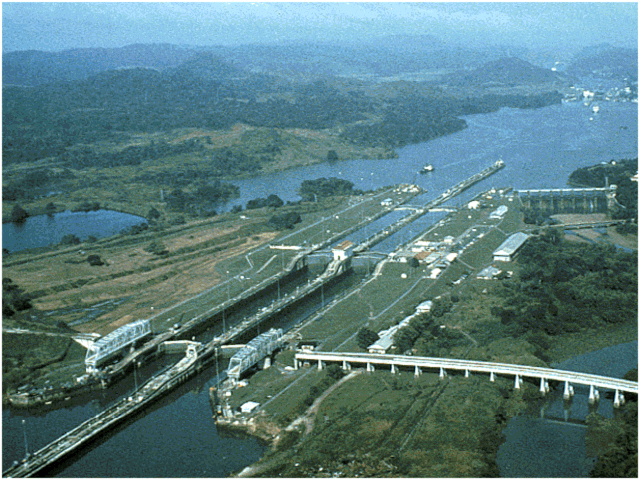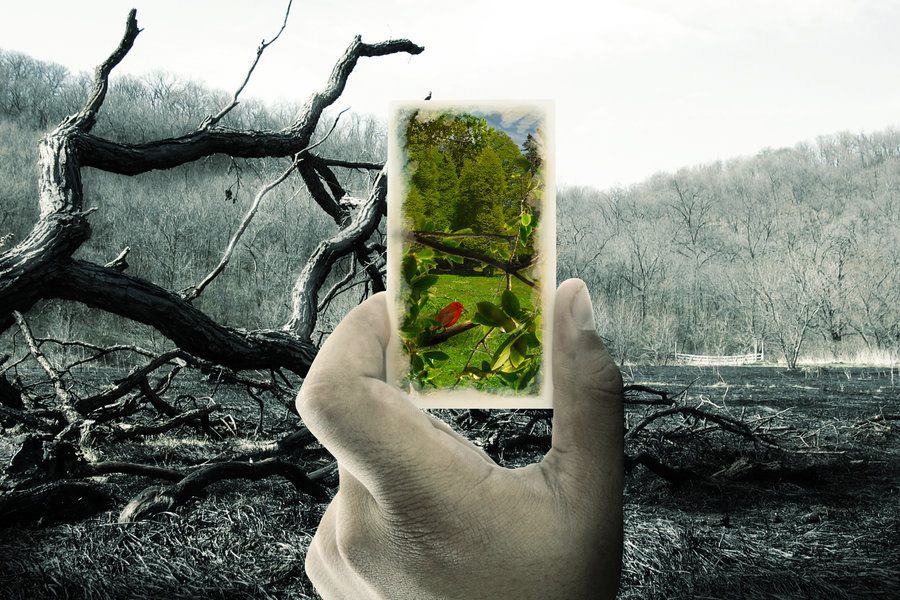The Baru Volcano is the highest point in Panama at 3,475 meters (11,400 foot) high. Baru Volcano is a dormant but potentially active volcano just south of the Continental Divide in western Chiriqui Province. It is surrounded by a fertile area of cool highlands drained by the Chiriqui and Caldera rivers, whose waters generate hydroelectric power for the entire country. The town of Boquete is on the eastern side, while Volcan and Cerro Punta can be found on its western side.
Baru Volcano National Park. The Baru Volcano National Park is 500 kilometers from Panama City in the province of Chiriqui, on the Cordillera de Salamanca. It covers an area of 14,325 hectares (35,000 acres) and has a highly priceless geological and ecological scenic landscape which protects the biological diversity with some unique species of this area. The park was established in 1976 and is the national park of Panama with a volcano. The park composed of highlands species and the remains of the last blast of the Baru Volcano that happened a millions of years ago. You will also find a tropical rainforest landscapes in this park. With pleasant temperatures between 20°C at the lowest points, to 10°C on the top of the volcano. The combination of volcanic remains and the forest is in tune with the agricultural activities that are normal for this altitude.
Ways to get there. Once you are in Panama City you can take a 1-hour flight or a 6-hours drive to David. Once you are in David, you could have the possibility to rent a car or an easy access to Boquete and the park this will take a 30-minute trip by car to Boquete at 40 kilometers or 25 miles. From Boquete you can reach the Park’s main entrance, the route to the top.
Things to do and Where to go. There are multiple ways of getting in touch with the nature that the visitors will surely enjoy. Some tracks, like La Nevera and Los Qeutzales (from Cerro Punta to Boquete) can provide the fine-looking attraction of the tropical rainforest and its habitat. The incline slope of the volcano, 3,475 meters (11,000 foot) above sea level, may possibly be made by a strong 4x4 vehicle and could take up to 45 minutes or on foot around 4 hours and will bring back memories of the origins of the American Continent.
Throughout this climb, you will have the opportunity to see the evidence of the last eruption. Once you reach the top with good weather conditions you might see the most incredible view of Panama’s both oceans the Pacific and Caribbean. You can also take some of the routes leading to the different craters of Baru Volcano and see birds that are endemic there. Some fast flowing rivers like the Chiriqui Viejo, are used for rafting and canoeing. You can also enjoy bird watching at El Respingo near Cerro Punta or for collecting some of the many wild orchids, ferns or moss that grow in this area.











